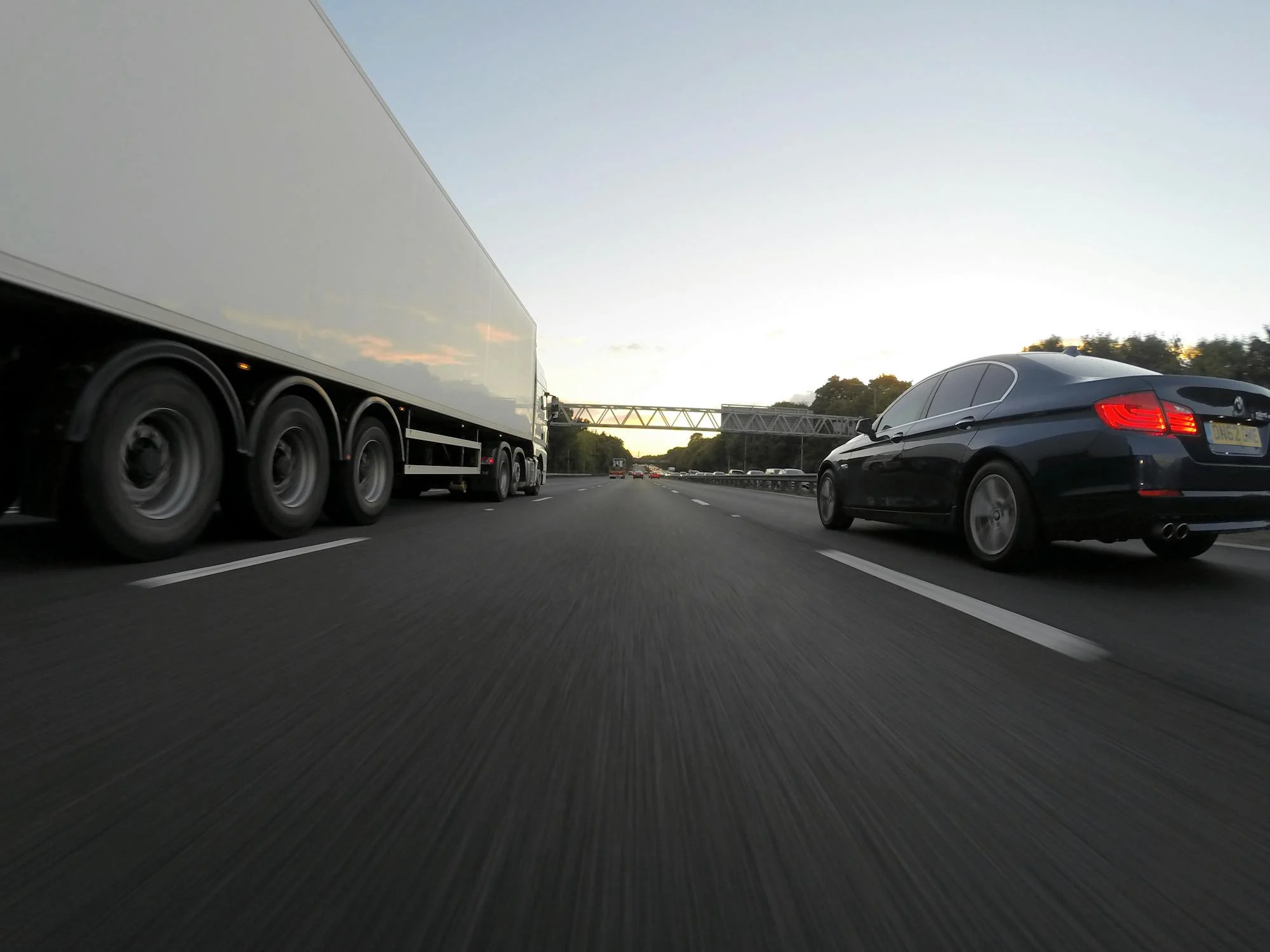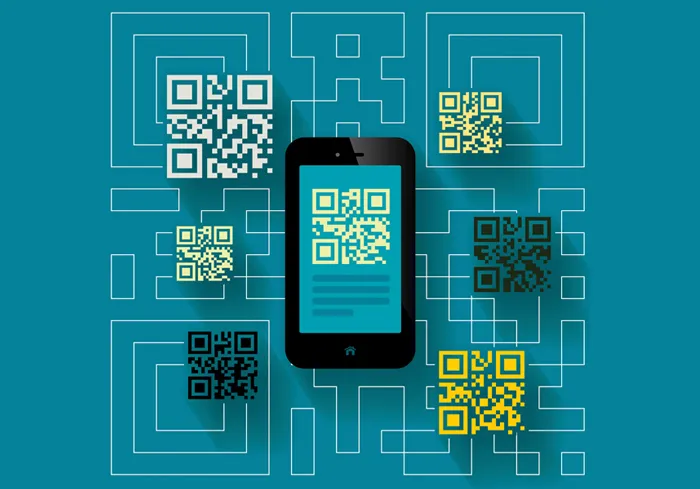As urban populations swell, the need for more efficient traffic control systems has never been greater. In many major cities worldwide, congestion is a daily struggle for commuters, with long travel times, pollution, and accidents taking a toll on the quality of life. Traditional traffic control methods, such as traffic lights and signs, are no longer enough to address the growing demands of modern cities. The future of traffic control in big cities will rely heavily on technological advancements, data analysis, and innovative urban planning strategies.
1. Smart Traffic Management Systems
One of the most significant developments in traffic control is the shift toward smart traffic management systems. These systems rely on real-time data collection, analytics, and adaptive technology to improve traffic flow. Smart traffic lights, for example, can adjust their timing based on traffic patterns, reducing waiting times and preventing unnecessary congestion. An innovative traffic control company could be at the forefront of this evolution, providing cutting-edge solutions that help cities optimize their transportation networks. Cities like New York, London, and Singapore have already begun implementing smart traffic systems. In these cities, sensors embedded in the roadways or mounted on traffic signals gather data on traffic volume, vehicle speed, and pedestrian movement. This data is analyzed in real time and used to optimize signal timings. These systems could become even more sophisticated in the future, using artificial intelligence (AI) and machine learning to predict traffic patterns and adjust signal timings accordingly. Moreover, integrating smart traffic management systems with other city infrastructure, such as public transportation and parking, can create a seamless transportation network. For instance, traffic signals could be synced with buses and trams, allowing them to pass through intersections without delay, thus encouraging the use of public transport.
2. Autonomous Vehicles
The rise of autonomous vehicles is another key factor shaping the future of traffic control. Self-driving cars have the potential to reduce traffic congestion and improve safety by eliminating human error, which is responsible for a significant percentage of accidents. With autonomous vehicles, traffic flow could be more efficient, as these cars can communicate with each other and adjust their speeds to maintain optimal distances, reducing the likelihood of traffic jams.
Autonomous vehicles would also enable more precise and responsive traffic management. For instance, traffic lights could be integrated with the onboard systems of self-driving cars, allowing the vehicles to anticipate changes in light sequences and adjust their speed accordingly. In the long run, autonomous vehicles could drastically reduce the need for traditional traffic control measures, such as traffic signals, as vehicles could navigate intersections autonomously and safely.
However, widespread adoption of autonomous vehicles will require a complete overhaul of road infrastructure and traffic regulations. Roads will need to be equipped with sensors and communication systems that allow vehicles to interact with their environment, and new legal frameworks will need to be established to govern their use. Nevertheless, the potential benefits of safety and efficiency make autonomous vehicles a central component of the future of traffic control.
3. Vehicle-to-Infrastructure (V2I) Communication
Vehicle-to-Infrastructure (V2I) communication is a technology that allows vehicles to interact directly with traffic management systems. This communication can take various forms, including traffic signals, road signs, and surfaces. V2I systems can improve traffic flow, enhance safety, and reduce accidents by sharing data between vehicles and infrastructure.
For example, in a city equipped with V2I systems, a car approaching an intersection might receive real-time data about traffic conditions, such as the speed and direction of other vehicles. Based on this information, the car could adjust its speed or route to avoid congestion or potential collisions. Additionally, V2I systems could help with dynamic parking management, guiding drivers to available spaces and reducing the time spent searching for parking.
V2I communication is also critical for the integration of autonomous vehicles. As self-driving cars rely heavily on their ability to communicate with their surroundings, V2I systems will play a key role in ensuring that these vehicles can navigate urban environments safely and efficiently.
4. Drones and Aerial Traffic Control
As urban mobility evolves, the future of traffic control may extend beyond traditional ground-based systems. With the rise of drone technology and the potential for aerial transportation, managing air traffic in cities will become just as important as managing road traffic. Drones are already being used for various applications, including package delivery, surveillance, and even passenger transport in some areas.
Integrating drones into the urban transportation ecosystem will require new regulations and infrastructure to manage air traffic safely. Aerial traffic control systems will need to be developed to track and coordinate drone movements, ensuring they do not interfere with each other or traditional air traffic. Furthermore, cities will need to establish designated air corridors and landing zones for drones to ensure they do not disrupt other forms of transportation.
In the future, drones may play a major role in alleviating congestion on the ground. For example, drones could be used to deliver goods, reduce the number of delivery trucks on the road, or even provide passenger transport in congested urban areas.
5. Congestion Pricing and Incentives
One way to manage traffic flow and reduce congestion is through congestion pricing. This system charges vehicles for entering certain areas of a city during peak hours, to reduce the number of cars on the road. Cities like London, Singapore, and Stockholm have already successfully implemented congestion pricing, seeing reduced traffic and improved air quality.
In the future, congestion pricing could be integrated with smart traffic management systems, allowing for dynamic pricing based on real-time traffic conditions. For example, if a particular area becomes congested, the system could automatically increase the toll to encourage drivers to use alternative routes or modes of transportation. Additionally, incentives could be offered for using public transportation, carpooling, or electric vehicles, further promoting sustainable and efficient urban mobility.
6. Sustainability and Green Traffic Solutions
As cities grow, the need for sustainable transportation solutions becomes more urgent. The future of traffic control will focus on efficiency and reducing the environmental impact of urban transportation. Electric vehicles (EVs) and green infrastructure, such as bike lanes, pedestrian zones, and green spaces, will be essential in creating more sustainable cities.
In the future, traffic management systems will likely be designed with sustainability in mind, promoting the use of EVs and reducing carbon emissions. Smart grids could be used to charge EVs at optimal times, minimizing strain on the electrical grid. Furthermore, integrating traffic control systems with renewable energy sources, such as solar panels and wind turbines, could help power traffic lights and other infrastructure sustainably.
7. The Role of Urban Planning
Ultimately, traffic control in big cities will depend on comprehensive urban planning that encourages mixed-use development, efficient public transportation, and pedestrian-friendly spaces. By reducing the need for cars and promoting alternative modes of transport, cities can alleviate congestion and create a more sustainable urban environment.
Cities like Copenhagen and Amsterdam have long been models of successful urban planning, emphasizing cycling, walking, and public transport. In the future, other cities may adopt similar strategies, integrating traffic control systems with sustainable urban development.
Conclusion
The future of traffic control in big cities lies at the intersection of technology, innovation, and urban planning. Smart traffic management systems, autonomous vehicles, V2I communication, drones, congestion pricing, and sustainability initiatives will all play vital roles in shaping the transportation landscape. By embracing these advancements, cities can reduce congestion, improve safety, and create more sustainable and efficient urban environments for future generations.










